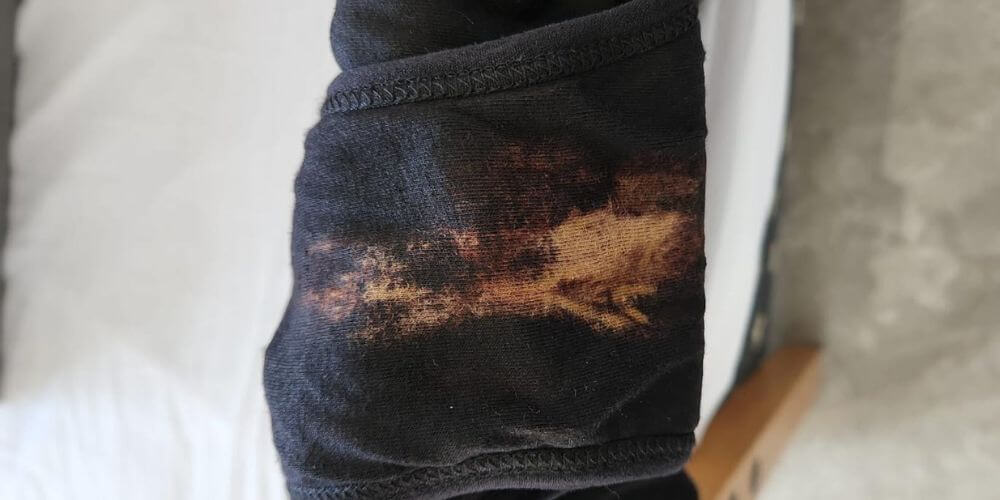This article is tricky because we want you to understand how you know you have a yeast infection in your vagina , but we also don't claim to be gynecologists. It's confusing because we want to tell you about more and less successful treatment options and also to remember that every body reacts differently. So what do we do? Let's simplify concepts, understand that thrush isn't that scary, and get to know some proven basic assumptions that are relevant to everyone. Let's get started:
Know the enemy - right?
If we start from a healthy assumption that every physiological phenomenon we experience is a message from our body, then we will be much more relaxed and free to listen. So true, we would prefer that the body simply send us a message if there is something that needs to be addressed, and less pamper us with itching, redness, burning and discharge, but it is not there yet technologically… These are of course symptoms of vaginal yeast infection .
Vaginal yeast infection can occur due to allergies or unprotected sex, but it most often occurs as a result of an overgrowth of Candida.
What is vaginal candidiasis?
Candida is simply one of the fungi that is constantly present in the vaginal flora and most of the time it is our friend, but sometimes something happens that causes it to multiply and create an infection . This can be prolonged use of certain medications, illnesses and even pregnancy (did we mention that the body is trying to tell us something?)
The slogan we all know about the mushroom that has returned
So like we said, it's not exactly a return, but it just took over a bit. And what we encounter are the same symptoms we talked about. The next step is that we want it to stop itching and bothering us so that we can function normally, so we ignore the body's messages (mostly) and look for ways to get rid of the symptoms instead of getting to the root of the problem. This is also why our fungus often comes back, and like bacteria that develop resistance to antibiotics, fungi that return in the vagina can also develop resistance to certain medications so that over time, this treatment will be less effective. So here are some simple things you should do to avoid unpleasant situations in advance:
Step One: Switch to Organic Cotton
If you haven't already, it's about time - organic cotton is proven to be the ideal fabric for lingerie . The main reason for this statement is that cotton has incredible absorbency, which makes the difference between underwear that will become a breeding ground for fungi, and underwear that will absorb those secretions and keep your vulva fresh.
Step Two: Don't skimp on underwear
Between us, recycling clothes that feel clean to us is legitimate. Jeans, hoodies, etc. No underwear! Absolutely no underwear! And if you feel comfortable sleeping without underwear, it's even recommended. Just as we wouldn't want to breathe recycled, stale air for a few days, our vagina doesn't want to either, and if you don't want it to signal this to you on its own, it's best to simply allow it a proper exchange of air in the first place.
Step Three: Choose underwear with protective lining
A protective lining is an essential part if you want your underwear to perform its function well and save you from fungus and other complications. It provides an effective buffer between the vulva and the pants and insulates it with a fabric that is adapted to the delicate nature of the area. And one last little tip - after you choose the best underwear for you, don't forget to follow the washing instructions that come with them so that they really serve you as intended over time.
What do we want you to remember?
That we are not against secretions, because it is one of our body's most creative ways of communicating with us.
We are not against mushrooms, dig a little deeper and you will discover that mushrooms (and the entire flora) are very necessary for us.
We are not against medication , but if we can avoid it in advance, then why not?






